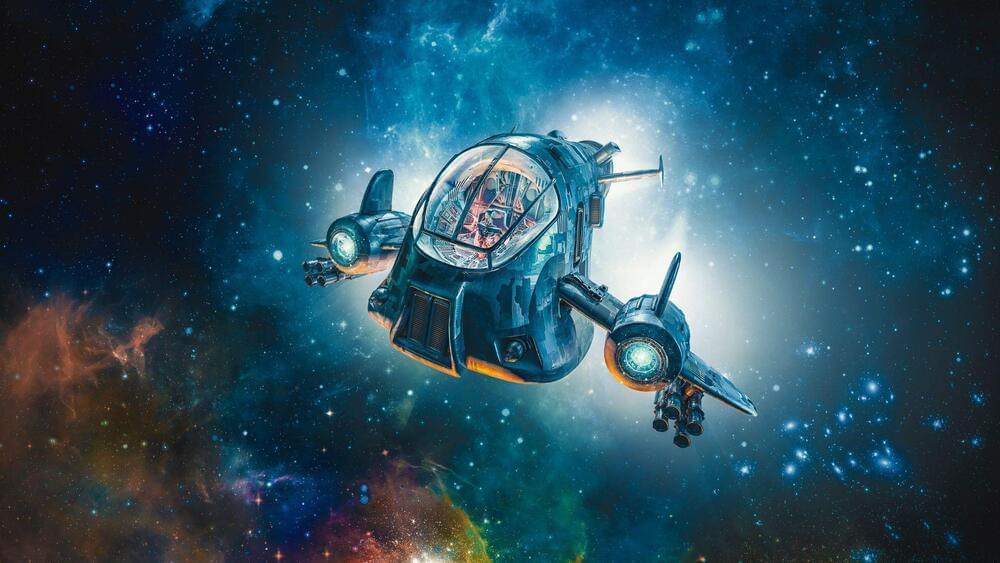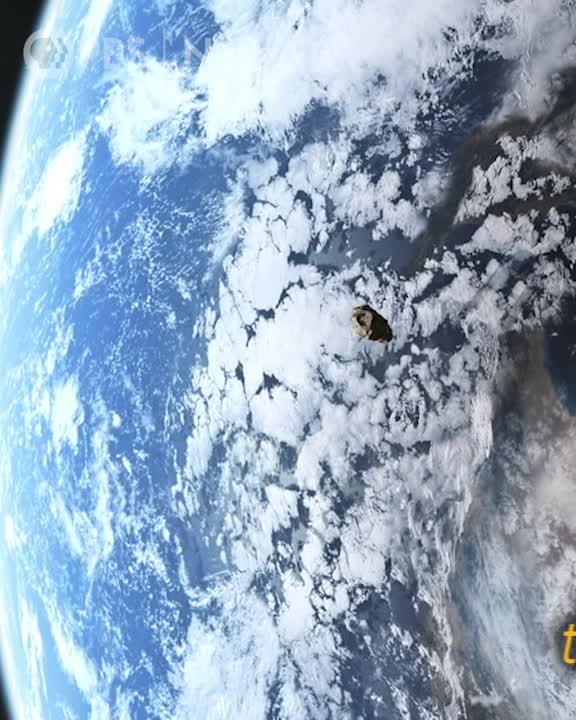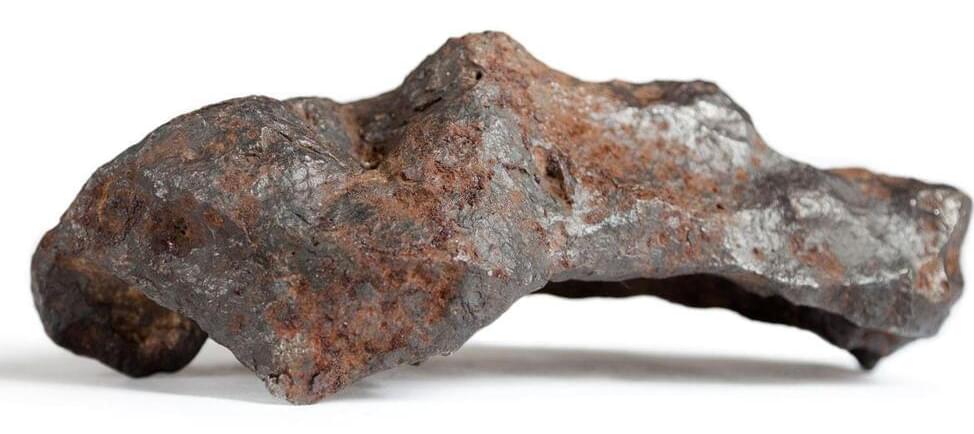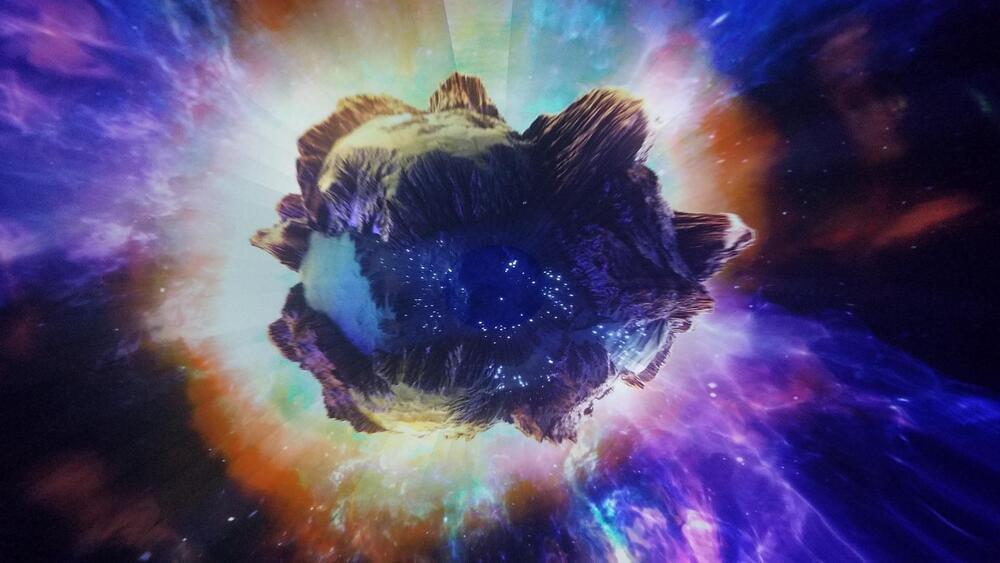A new study proposes a possible solution to the Fermi Paradox, suggesting why we may not detect advanced alien civilizations.
A new study offers a possible solution to the Fermi Paradox. * The Fermi Paradox wonders why we haven’t encountered aliens yet. * Advanced alien civilizations may be pulling back from space exploration to avoid collapse, predict the researchers.
With the sheer vastness of space, it seems quite conceivable that there should be more intelligent civilizations out there besides us. After all, some estimates peg the observable universe to contain at least 2 trillion galaxies, with each such galaxy having approximately 100 million stars on average but with some like our Milky Way Galaxy estimated as having as many as 200 billion stars and 100 billion planets. We are talking astonishing numbers in quintillions or sextillions for the total number of planets in the universe. new study by Dr. Michael Wong of the Carnegie Institution for Science and Caltech’s Dr. Stuart Bartlett proposes a possible solution to the Fermi Paradox.





